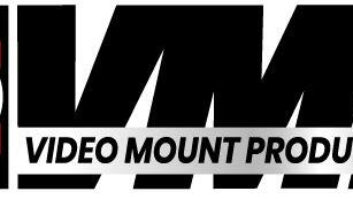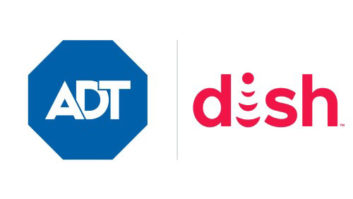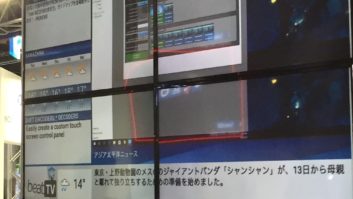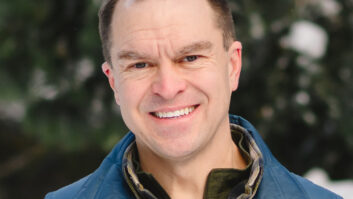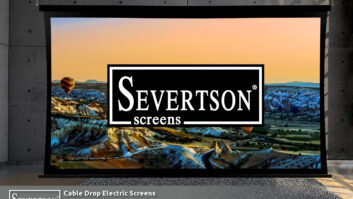Since its inception in 1994, Direct Broadcast Satellite (DBS) television has been one of the fastest growing consumer electronic products of all time.
In just over seven years, DBS has grown to over 16.7 million households — representing over 44 million viewers.
When you include the roughly 1 million C-band subscriber households — those pioneering consumers who helped shape the current consumer satellite services marketplace — the number of satellite television households increases to roughly 17.3 million, which amounts to over 45 million viewers.
This remarkable growth has made the satellite television industry what the Federal Communications Commission (FCC) calls, “the principal competitor to cable television.” In fact, now that satellite is offering local broadcast channels in many market areas, satellite television is attracting new subscribers at nearly 3 times the rate of cable.
In the first three quarters of 2001, the DBS industry gained over 2 million new subscribers — roughly 7,700 net new subscribers each and every day nationwide. As you well know, satellite delivers to every customer a 100 percent digital audio and video signal. In fact, it was the DBS industry that first brought a digital signal into consumers homes, opening the door for many of today’s interactive products, including on-screen programming guides, integrated personal video recorders, and T-commerce capabilities.
When compared to cable, satellite offers a broader selection of programming — premium channels, regional sports, and international channels. Further, according to the September 2001 issue of Consumer Reports, satellite television continues to best cable (even digital cable) on price, picture and sound quality, and customer service.
Earlier this year, two-way, high-speed Internet via satellite was introduced. This technology, which is easily integrated with satellite television systems, has unlimited reach and is especially valuable to those consumers living in rural, suburban and underserved areas where cable modems and DSL are likely not to be offered in the foreseeable future. Satellite technology — with its national footprint — is the ideal medium for bridging the digital divide.
One of the most exciting new developments in the consumer satellite services industry is the emergence of the digital audio radio services (DARS). Both Sirius Satellite Radio and XM Satellite Radio stole the show at the 2001 CES, and DARS promises to revolutionize the way people enjoy radio in this country.
DARS took a major step forward when XM launched nationwide service in the fourth quarter of 2001. Sirius plans to launch service in the first quarter of 2002.
Both systems will offer consumers an uninterrupted, coast-to-coast signal of approximately 100 channels of music, news, sports, talk, original, and specialty programs — many of which feature a commercial-free format.
Both Sirius and XM have negotiated agreements with major automobile and truck manufacturers, so in addition to consumers being able to purchase satellite radio systems in retail outlets, many new automobiles and trucks will roll off assembly lines with satellite radio receivers included as standard equipment. Interestingly, though the companies are competitors, the actual receivers will be interoperable which will provide the consumer a much greater level of flexibility.
This year, the DBS industry voluntarily created a National Standards and Testing Program (NSTP), a training, testing and certification program for the satellite industry to further increase the level of professionalism among our industry’s satellite system installers.
Currently, the DBS industry has a commanding lead over its competitors in customer service. The SBCA and its member companies, including platform providers, programmers, distributors and retailers, recognize the importance of maintaining this important advantage.
To that end, we have established the SBCA NSTP to ensure that we maintain the highest level of customer service and professionalism. As this program continues forward, the SBCA will become the industry’s national testing clearinghouse, administering tests at our shows and various member company training locations, and at industry events. In fact, the SBCA has brought its NSTP program to the 2002 CES.
As we look to the future, the fundamentals that have made DBS the principal competitor to cable remain and will ensure the consumer satellite services industry’s future success. As long as our industry continues to be an innovator of new products and services; continues to bring those services to consumers nationwide; and finally, continues to maintain unparalleled levels of service and customer satisfaction, our industry will continue its phenomenal rate of growth.




